

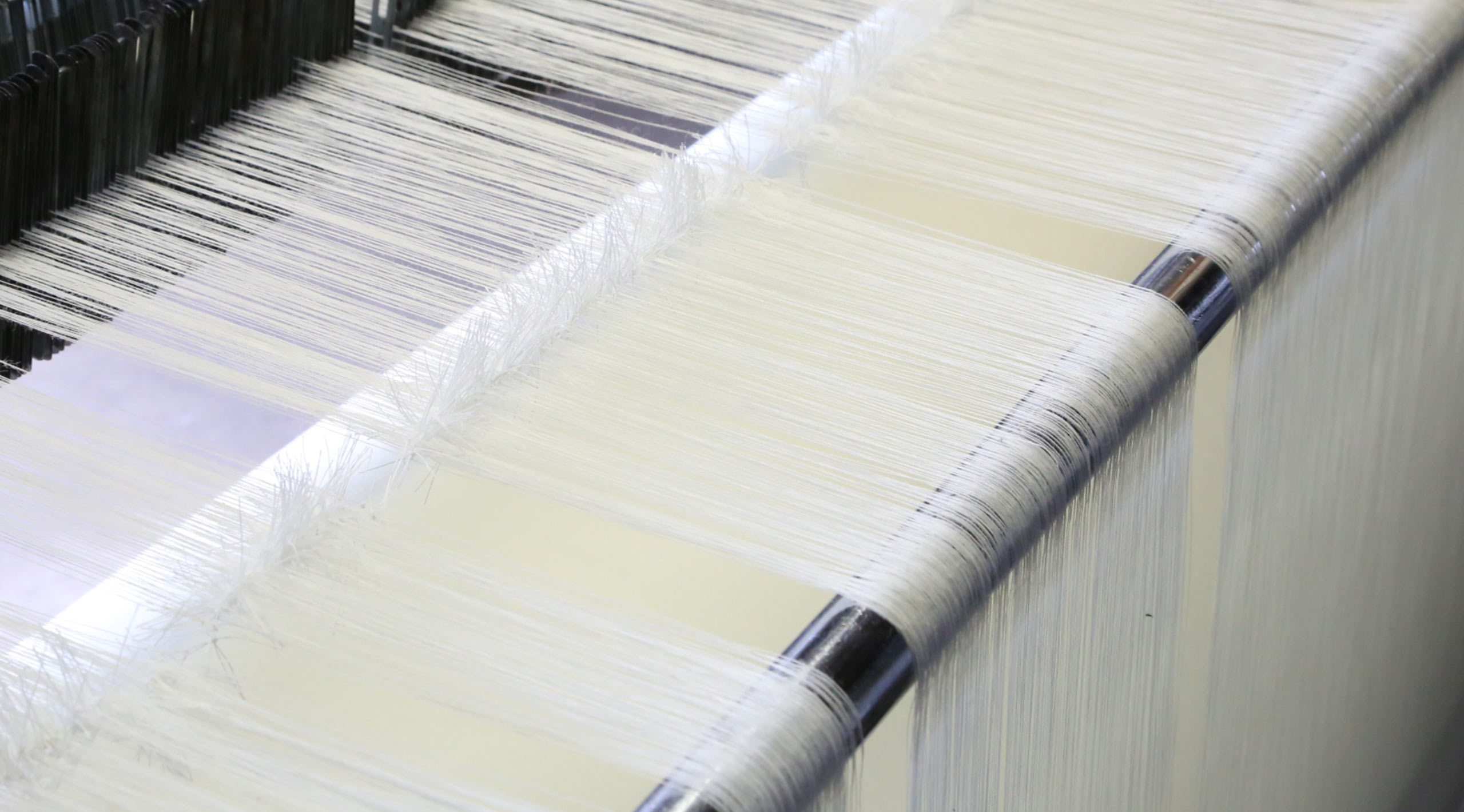
Enshu, a major textile industry center with a long history
The Enshu region is located in western Shizuoka Prefecture.
Along with Senshu (Osaka) and Mikawa (Aichi), Enshu is known as one of Japan's three major cotton textile production areas, with a history dating back to the Edo period. The Enshu area has long flourished as a cotton-growing region, thanks to the abundant water of the Tenryu River and its mild climate. In the Edo period (1603-1867), farmers who cultivated cotton began to market cotton fabrics made by hand on handmade looms for self-sufficiency, and these fabrics gained a high reputation as “Enshu cotton”. Later, a Western-style spinning mill was established in the area in 1904, and with the invention of the small power loom by Sakichi Toyoda (founder of the Toyota Group) in 1894 in Enshu, the production of cotton fabrics increased dramatically. Thus, the textile industry in Enshu was established as one of the leading production centers in Japan.
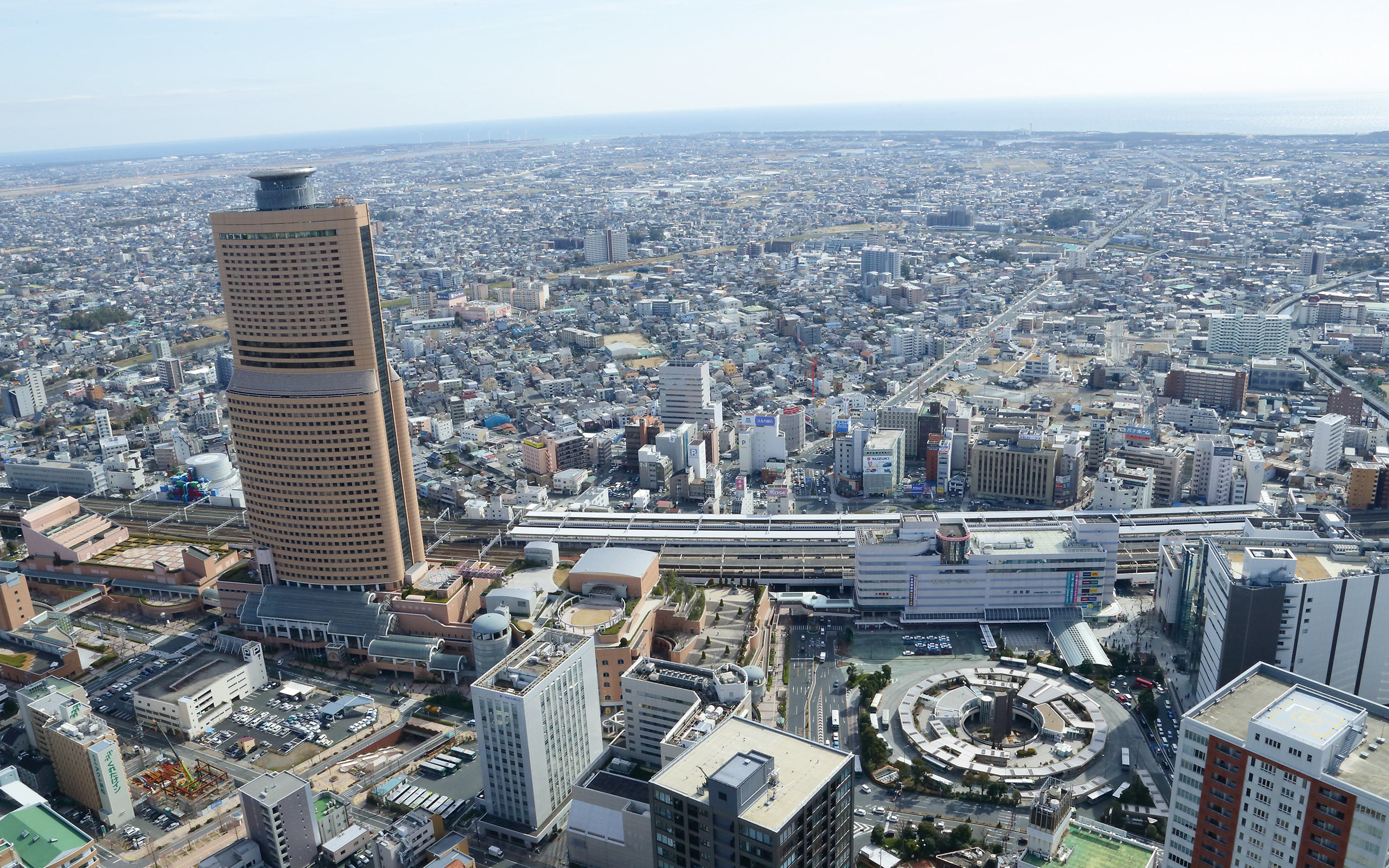
With Enshu, a city of craftsmen,
and the supreme fabrics produced here
Blessed with its geographical location, mild climate, and abundant water resources, the Enshu area, located roughly in the center of Tokyo and Osaka, has long been a center of “monozukuri (manufacturing)” and has grown into a prosperous city.
Honda, Suzuki, and Yamaha are motorcycle and automobile manufacturers, and Yamaha, Kawai, and Roland are musical instrument makers. All of these world-renowned manufacturers were born in the Enshu region, which is the birthplace of these industrial manufacturers. The Enshu region, which gave birth to these world-class manufacturers, has long been a breeding ground for highly skilled craftsmen. The aforementioned Toyota, Suzuki, and other companies originally developed as loom manufacturers and applied their power mechanisms to automobile engines. The advanced technology and craftsmanship of the Enshu textile industry is still prevalent in today's textile industry.
In Enshu textiles, the production process from “thread” to “fabric” is highly divided, and even today, all processes are still produced in the same way as in the past in this region. Each process is carefully carried out on traditional looms and by the hands of skilled craftsmen, producing a unique fabric with a gentle texture that becomes more comfortable the more it is used.
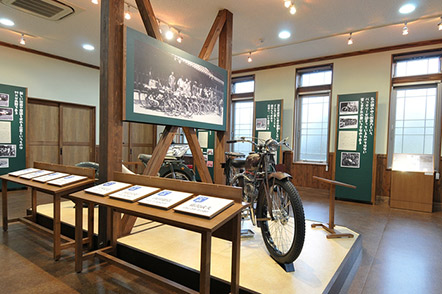
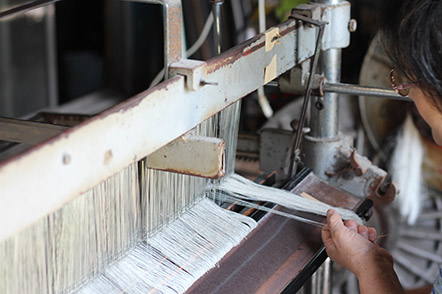
Enshu Textile and Enshu Cotton,
which have been developed to high quality
Many people are aware that the recent environment surrounding the textile industry has seen a rapid increase in imports of inexpensive foreign products, especially from Asia. While it has become easier for consumers to obtain low-priced clothing products, domestic textile production areas have all suffered a major blow.
In such a situation, this region, which was originally rooted in the production of high-quality cotton fabrics, did not choose the path of mass production to compete with foreign products, but aimed to develop even higher value-added materials. The goal was not to win in a price war. We wanted to create fabrics with even greater value that would not be caught up in the price competition. This is a path that has been paved by the old-fashioned loom and the high skill and conviction of the craftsmen who operate it.
As a result, the texture and perfection of each material has been refined, and recognition of the area as a producer of high-quality fabrics in the textile industry has been further enhanced. Today, Enshu textiles have established their position as “Enshu textiles,” which are highly regarded not only in Japan but also abroad.
Inefficiency creates a rich texture “shuttle loom
There are two types of looms used to weave fabric: “shuttle looms,” which have a shuttle to pass the weft yarn through, and “shuttleless looms,” which do not use a shuttle and instead use air to carry the weft yarn. Shuttle looms are used in the production of fabrics in recent years.
Most of the looms used in fabric production in recent years are “shuttle-less looms” that can produce finished fabrics at high speed. The fabric produced on these looms is characterized by a smooth and uniform surface finish.
On the other hand, the “shuttle loom” used by Enshu Orimono is an extremely inefficient machine that can weave at only 1/20 to 1/30 the speed of a shuttleless loom. However, slow weaving produces a fluffy, warm textured fabric with an uneven surface.
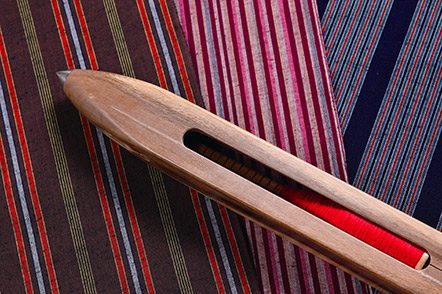
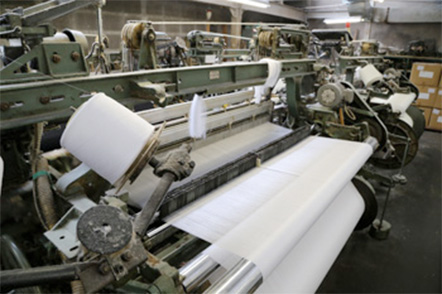
Familiarize yourself with fabrics that are highly acclaimed in Europe and other countries.
Fabrics produced in traditional factories in the Enshu region are now also used as fabrics for famous European import brands, and many of them are used as fabrics for garments shown at the world's most prestigious fashion shows such as the Paris Collection and Milan Collection.
Enshu Orimono” is where many famous brands, who are thoroughly particular about quality, end up after searching all over the world. However, most of them do not realize that these high quality fabrics are produced in Japan and here in Enshu, once they are turned into products. Even the people who live in Enshu, who should be very proud of their products, are rarely aware of them.
Simple garments made from rich fabrics carefully woven by traditional machines in historical production areas, and used as they are. This is the concept of “HUIS” and the value we want to convey.
